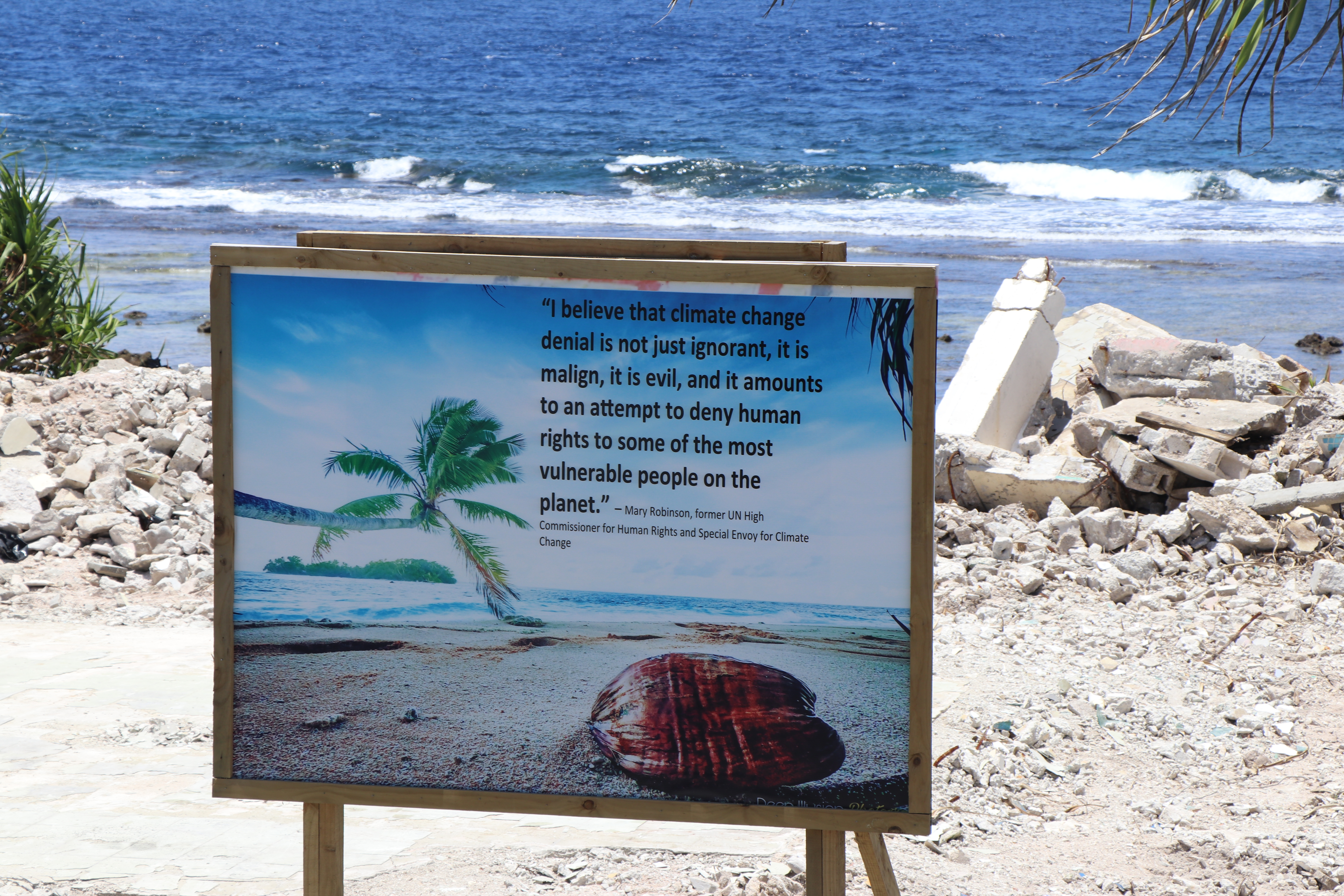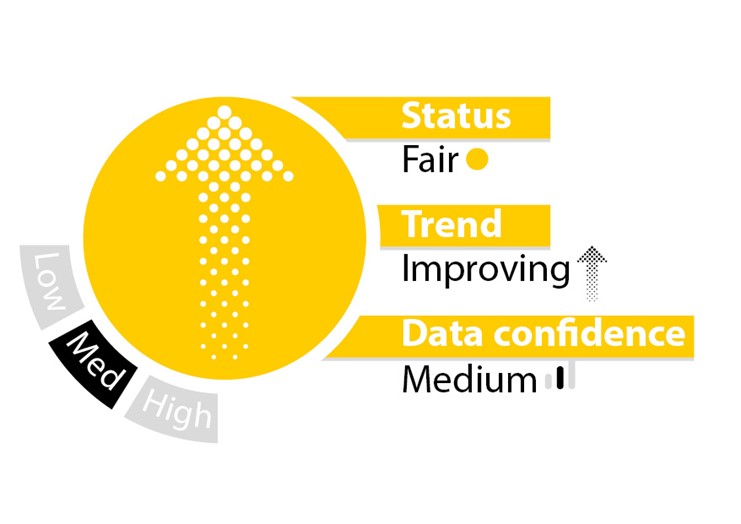Tuvalu’s Climate Resilience

Tuvalu is one of the world’s most vulnerable countries to the impacts of climate change due to being extremely low-lying (the average elevation of all islands is only about 1 m above sea level), relying on the collection of rainfall for freshwater for drinking and household use, and having an economy based largely on the exploitation of natural resources that are vulnerable to changing climate conditions (commercial fisheries).
Tuvalu has made good progress with adaptation planning, but given the size of the adaptation challenge, further investments and support are needed

Since 2013, an annual quota system has been implemented to regulate the import of HCFCs and ensure a complete phase-out by 2030. By ceasing consumption of CFCs and being close to completely phasing-out consumption of HCFCs, Tuvalu is contributing to global efforts to protect the ozone layer, protecting the planet’s surface from harmful ultraviolet radiation emitted by the sun despite contributing less to the global total of annual emissions
| Key | |
| 2021 onwards | Projected values |
As Tuvalu is highly vulnerable to the impacts of climate change, it is important to track and measure the country’s preparedness and progress on climate change adaptation
- Continued international investment is needed to support Tuvalu’s resilience to the impacts of climate change.
- Strengthening adaptation actions to address current and future vulnerabilities.
- Develop a National Adaptation Plan and invest in the broader NAP process including the prioritisation of adaptation
- Continue to build the capacity of the Tuvalu Meteorological Services with increased training opportunities for staff to improve forecasting capacity in the country


